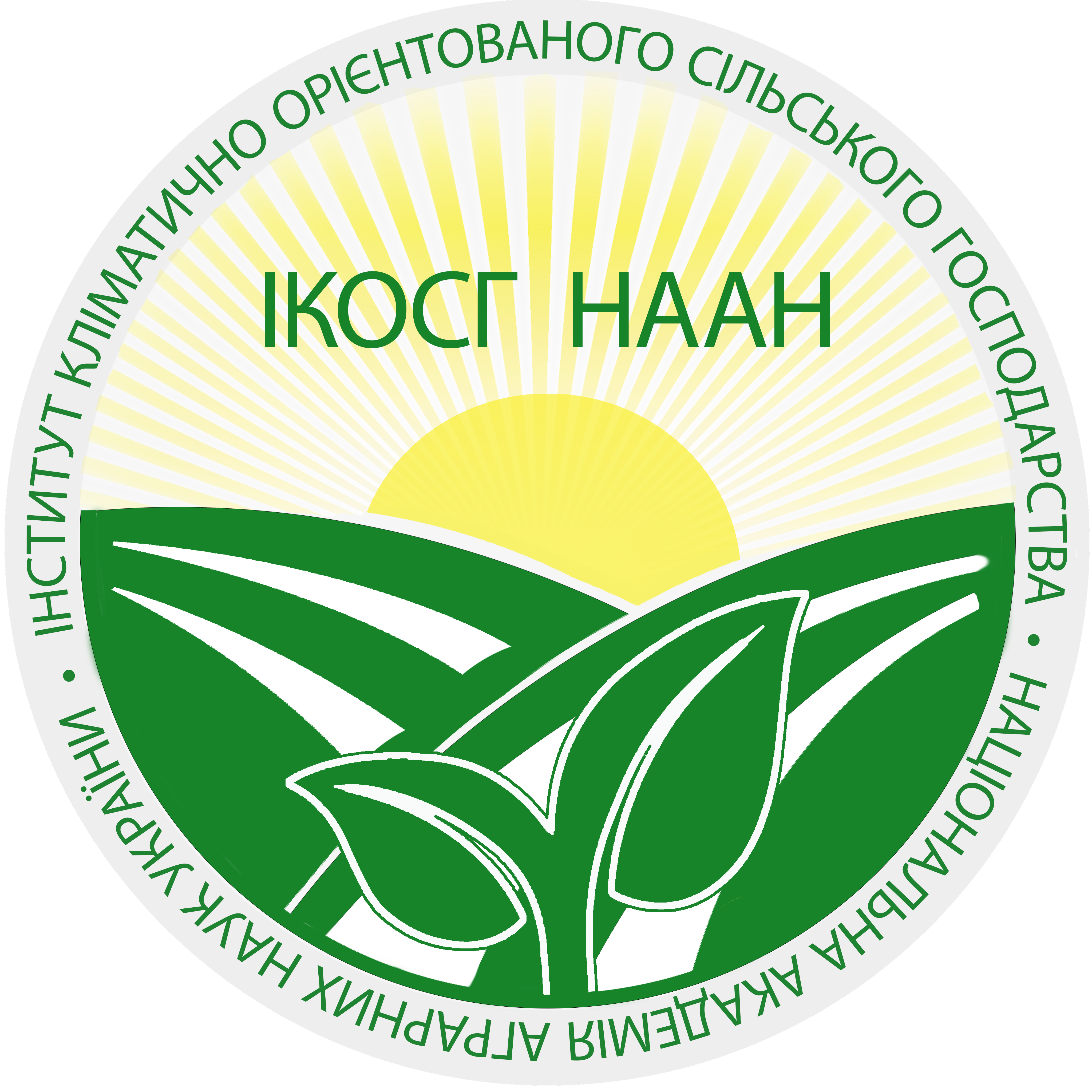ФОТОСИНТЕТИЧНИЙ ПОТЕНЦІАЛ СОРТІВ ПШЕНИЦІ ОЗИМОЇ ЗАЛЕЖНО ВІД СПОСОБІВ ЗАСТОСУВАННЯ БІОЛОГІЧНО АКТИВНИХ ПРЕПАРАТІВ В УМОВАХ ЗАХІДНОГО ЛІСОСТЕПУ
Анотація
Мета статті. Метою наших досліджень була оцінка фотосинтетичного потенціалу сортів пшениці озимої залежно від способів застосування біологічно активних препаратів в умовах Західного Лісостепу. Методи. У процесі виконання дослідження використовували поєднання методів загальнонаукових: гіпотеза, спостереження, аналіз; та спеціальних: аналітичні методи дослідження, дані польових дослідів. Експериментальні показники обробляли методами математичної статистики за В.О. Єщенком. Результати. Наведено результати польових та лабораторних досліджень впливу біологічно активних препаратів: Триходермін, Агат 25 К та ПМК-ЗР за різних способів їх застосування (обробка насіння, обприскування посівів, обробка насіння+обприскування посівів) на фотосинтетичний потенціал посівів різних сортів пшениці озимої за вирощування в умовах Західного Лісостепу. За результатами трирічних досліджень виявлено більш адаптовані до умов зони вирощування та більш продуктивні сорти пшениці озимої. Встановлено більш ефективний спосіб застосування біологічно активного препарату у розрізі сортів та математично підтверджено їх істотний вплив на площу листкового апарату, вихід сухої речовини та фотосинтетичний потенціал посівів пшениці озимої. Визначено, що приріст площі листків коливався в межах 0,6–5,5 тис. м2/га залежно від сорту, способу обробки та препарату. Максимальне збільшення показника було у сорту Аріївка на варіантах дворазової обробки препаратами; Агат 25 К та ПМК-ЗР, перевищення контролю становило відповідно: 5,4 та 5,5 тис. м2/га. Оптимальний вихід сухої речовини за його визначення у фазі цвітіння був у сорту Здобна при дворазовій обробці препаратами: Агат 25 К та ПМК-ЗР, показник становив 8,2 і 8,1 т/га, а перевищення контролю – 0,9 т/га. Встановлено, що максимальним фотосинтетичний потенціалом 0,79–0,88 тис. м2/га × діб характеризувався отримано від дворазової обробки препаратом Агат 25 К з приростом до контролю 0,9 тис. м2/га × діб. Висновки. Препарат Триходермін для всіх досліджуваних сортів був більш ефективним при обробці насіння. Біофунгіцид Агат 25 К забезпечив найбільший ефект на варіантах обробки насіння+посів, перевищення контролів за урожайністю було в межах 0,7–0,9 т/га. Максимальну реакцію на препарати проявив сорт пшениці Аріївка. Оптимальні перевищення урожайності культури 0,9–1,0 т/га забезпечив препарат ПМК-ЗР, при застосуванні за дворазової обробки (насіння+посів). Найвищий показник урожайності 6,4 т/га отримано у сорту Здобна, проте найкраща реакція на застосування препарату відмічена у сорту Аріївка.
Посилання
2. Технологія вирощування озимої пшениці URL: https:// lnzweb.com/blog/tehnologiya_vyroshchuvannya_ ozymoi_pshenytsi
3. Адамень Ф. Ф., Радченко Л. А, Женченко К. Г. Особливості фотосинтетичної діяльності рослин пшениці різних біотипів. Вісник аграрної науки. 2011. С. 16–20.
4. Желязков О. І., Самойленко О. А., Педаш О. О., Бондаренко А. С., Бойко О. В., Романенко О. Л. Фотосинтетична діяльність рослин пшениці озимої залежно від технологічних прийомів вирощування в Присивашші. Бюлетень Інституту сільського господарства степової зони НААН України. 2012. № 2. С. 103–106.
5. Конопльова Є. Л. Особливості росту та розвитку рослин пшениці озимої у період весняно-літньої вегетацїї в північному Степу України. Бюлетень Інституту сільського господарства степової зони НААН України. 2013. № 4. С. 116–119.
6. Нетіс І. Т. Пшениця озима на півдні України: [монографія]. Херсон: Олді-плюс, 2011. 460 с.
7. Дудкіна О., Каплун А. Урожай формує листя. Пропозиція. 2010. № 6. С. 20-22. Режим доступу до журн.: http://www.propozitsiya.com/?page=149&itemi d=3317&number=110.
8. Адамень Ф. Ф., Радченко Л. А., Женченко К. Г. Площа листкової поверхні озимої пшениці як фактор продуктивності. Таврійський науковий вісник. 2010. № 71, ч. 3. С. 40–41.
9. Білоніжко М. А., Калівошко М. Ф. Фотосинтез і продуктивність інтенсивних сортів озимої пшениці залежно від удобрення. Вісник с.-г. науки. 1979. № 5. С. 18–20.
10. Бадьорна Л. Ю., Бадьорний О. П., Стасів О. Ф. Технологія в галузях рослинництва: [навч. посіб.]. Київ: Аграрна освіта, 2009. 123 с.
11. Arif M., Chohan M., Ali S. Response of wheat to foliar application of nutrients. Journal of Agricultural and Biological Science. 2006. Vol. 1. № 4. P. 30–34.
12. Barbottin A., Lecomte C., Bouchard C. Nitrogen remobilization during grain filling in wheat: Genotipic and enviromental effects. Crop Science. 2005. № 3. P. 1141–1150.






